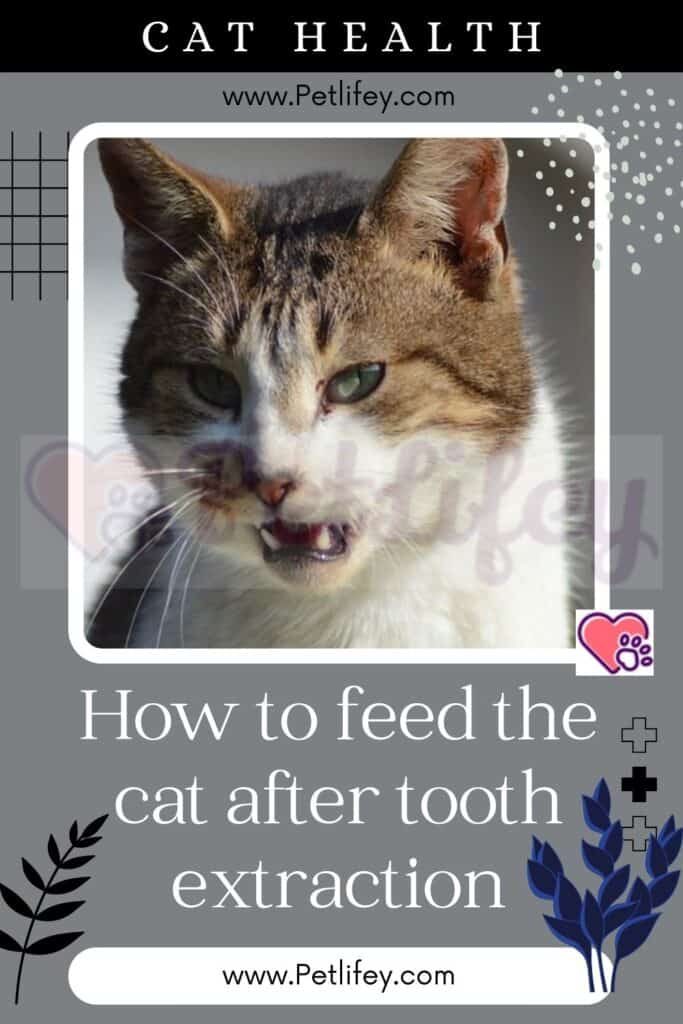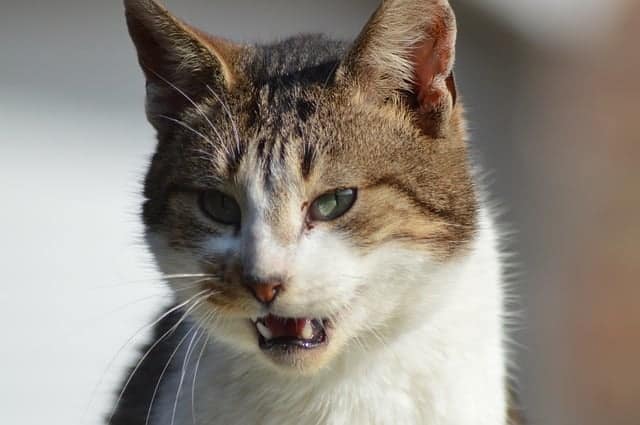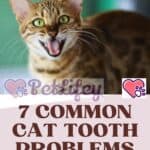
Has your feline had a mouth operation and you don’t know how to feed it? Let’s see together how to make the cat eat after tooth extraction.
Just like humans, our beloved felines can also have mouth problems, the only solution to which is tooth extraction.
When this happens the cat will not only have difficulty eating, but will also lose appetite due to the problem. However, we know well that to recover the cat needs to feed. Here are some tips on how to get your cat to eat after tooth extraction.
Help the cat eat after tooth extraction

Tooth extraction is a surgical operation that a feline may have to perform due to some disorders or diseases inherent in the mouth.
Most felines recover quickly from this type of operation, in fact often the vet, in case there were no complications, could discharge the cat on the same day of the operation. Otherwise it could keep our four-legged friend under control.
However, although the specialist will give you tips on how to manage your cat’s pain, the biggest challenge you will face is getting the cat to eat.
Obviously, the latter will refuse to eat because of the pain, but we know that to recover nutrition is very important. However, having some precautions and a lot of patience you can reach your goal, let’s see how.
1. Don’t forget the medicines!
One of the most important steps to help your canine friend eat is to give them the pain medications prescribed by the vet.
Cats, just like us humans, if they experience pain in the mouth, they can hardly eat or drink. By giving your Kitty the right medicines, you will have already taken a step forward to help him eat.
2. Choose the right food
The choice of food is very important when we want to feed a cat that has undergone a dental operation. Croquettes, for example, should be avoided, as they are too hard for cat to chew.
It would be advisable to feed the feline with wet food or with a soup, so that the cat does not have pain while chewing. In the event that your four-legged friend’s diet is based only on croquettes, you can soften them by adding hot water and mashing them.
3. Make food accessible
When a cat is recovering, it needs to have everything needed to recover in its vicinity. So keep the bowl of water and food close to where the cat rests.
In this way the cat will be able to feed whenever it wants. However, it is important to fill the bowl with the right amount of cat food, and refill it from time to time with small portions as soft food spoils easily.
4. Feed the cat “by hand”
In case your cat doesn’t go right up to his bowl to eat, you could hand feed him. Pick up small pieces of food with your finger and bring it to your furry friend’s mouth.
Wait for the latter to lick it and repeat the operation, so that the cat has not eaten a good part of its food. But remember to introduce the bowl after a few days, otherwise the cat will get used to it badly.
If you can’t feed your four-legged friend even with your finger, try using a syringe without a needle, but be careful when inserting the syringe into the cat’s mouth not to touch the extraction point.
5. Increase hydration
In addition to nutrition, hydration is also important when a feline is undergoing mouth surgery. This is because if the cat is dehydrated, it will hardly be able to swallow.
For this reason, it is important to always give your cat fresh and clean water. In case the cat is not attracted to water, you could offer him some kitten milk, even if your furry friend is an adult cat.






